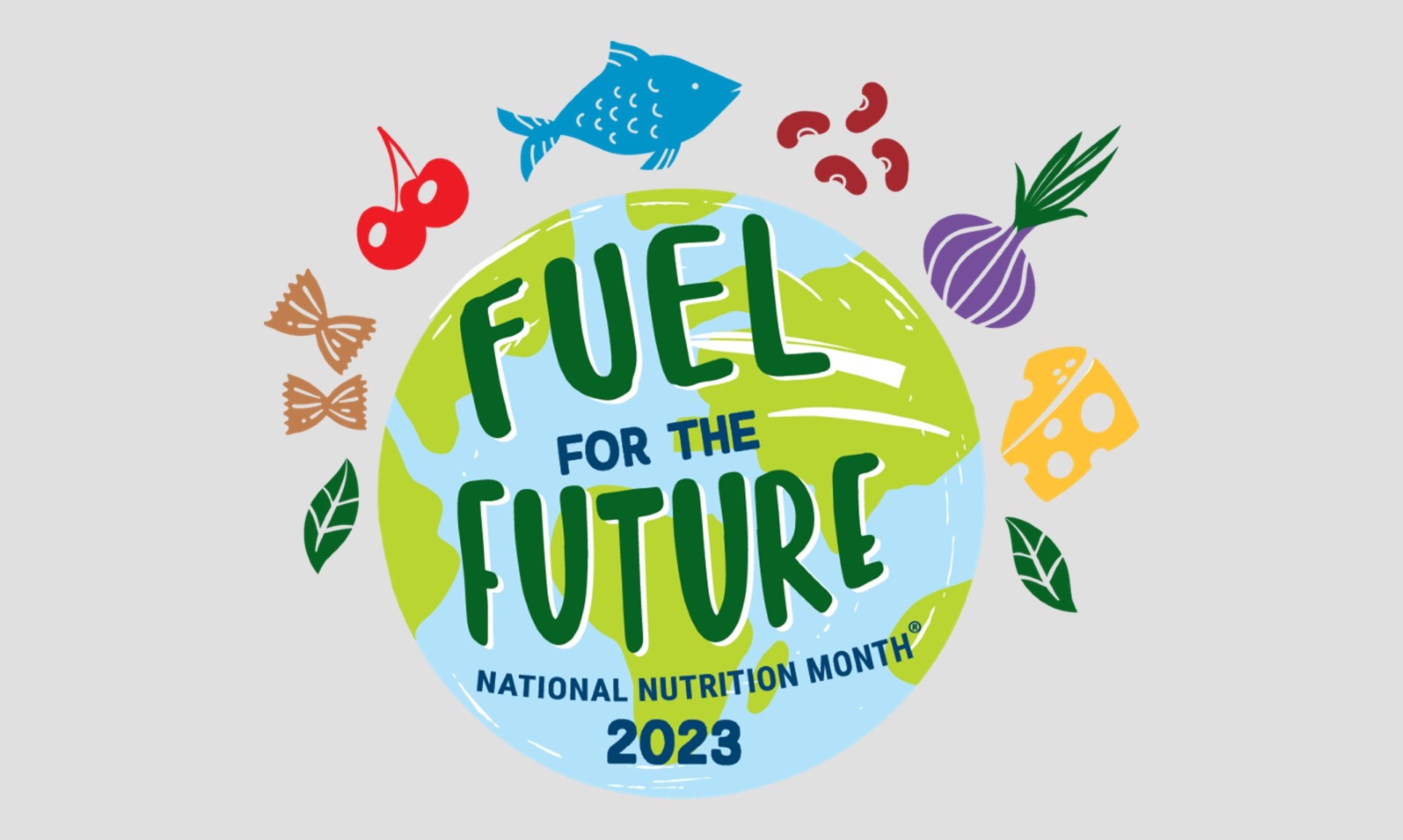Notice of privacy incident at Brigham and Women's Faulkner Hospital Learn More
Header Skipped.
Notice of privacy incident at Brigham and Women's Faulkner Hospital Learn More
Header Skipped.

March 2023 marks the 50th anniversary of National Nutrition Month, a yearly campaign to highlight information about food and nutrition. This year’s theme is “Fuel for the Future.” At Brigham and Women’s Faulkner Hospital, our Senior Dietitian and Nutrition Clinic Coordinator Stefanie O’Connor, MS, RD, LDN, says this year’s theme is all about food sustainability and security.
“The population is projected to reach over 9 billion by the year 2050 and the current research appears to be drastically underestimating some severe threats to our food supply,” explains O’Connor. “Increased CO2 production, displaced seafood from global warming and increased volatility both in weather and human conditions (an example being the COVID-19 pandemic) are among only a few warnings that are putting a serious strain on our supply of protein. As a result, scientists are working to identify food sources that require far fewer resources for production or ones that can withstand unconventional growing methods.”
According to O’Connor, these futuristic foods may not sound so appetizing at first but could be the answer to a healthy and sustainable future.
Algae – More commonly known to consumers as chlorella or spirulina (a superfood), microalgae are complete proteins and an excellent source of vitamins A, C, E, B1, B2, B6 and B12 (a vitamin typically only abundant in meat protein). Some strains even have 180 percent more calcium than milk!
Insects – There are 50 types of known edible insects in the world such as locusts, beetles, crickets, giant water bugs and cicadas. These protein powerhouses are also a good source of copper, iron, magnesium, biotin and B2.
Fungi – Mycoprotein is a high-quality, high fiber protein used to make meat alternatives (like Quorn). Research has shown that replacing 20 percent of meat production with this fungal protein would reduce annual deforestation and related carbon dioxide emissions by about half.
False banana – Enset, which bears a striking resemblance to the bananas we know and love, is a high-calorie, potassium- and iron-rich plant harvested year-round in Ethiopia. Fifteen Enset or “false banana” plants can feed one person for an entire year.
Pseudocereal – Quinoa, amaranth, fonio and buck wheat are pseudocereals. They add a significant amount of fiber to foods, like gluten-free products, and their ability to adapt to changing weather conditions means they will be a strong part of our future food supply.
Cacti – Prickly pear and dragon fruit, good sources of vitamin C and E, are some of the most common edible parts of the cacti plant. Because they store water, cacti can tolerate arid conditions so research is ongoing to determine other nutritional benefits.
Want to learn more about healthy eating? Contact Brigham and Women’s Faulkner Hospital’s Nutrition Clinic at 617-983-4455 to set up an appointment with a registered dietitian.
Published 2/28/23
Looking for more news from BWFH? Go to News to find articles about health, updates to our programs and services and stories about staff and patients.
Go to News